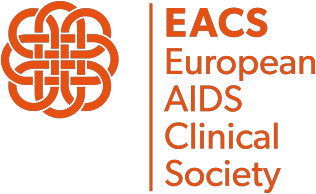Prophylaxis for Bacterial STIs
Prophylaxis for Bacterial STIs
Recent studies have shown high efficacy in preventing bacterial STIs such as chlamydia and syphilis in men on doxycycline as PrEP and PEP.
Discussion on the use of doxycycline PrEP and PEP should be undertaken in men with HIV with recent bacterial STI and offered if locally available and following local guidance.
See Pre-exposure prophylaxis (PrEP)
